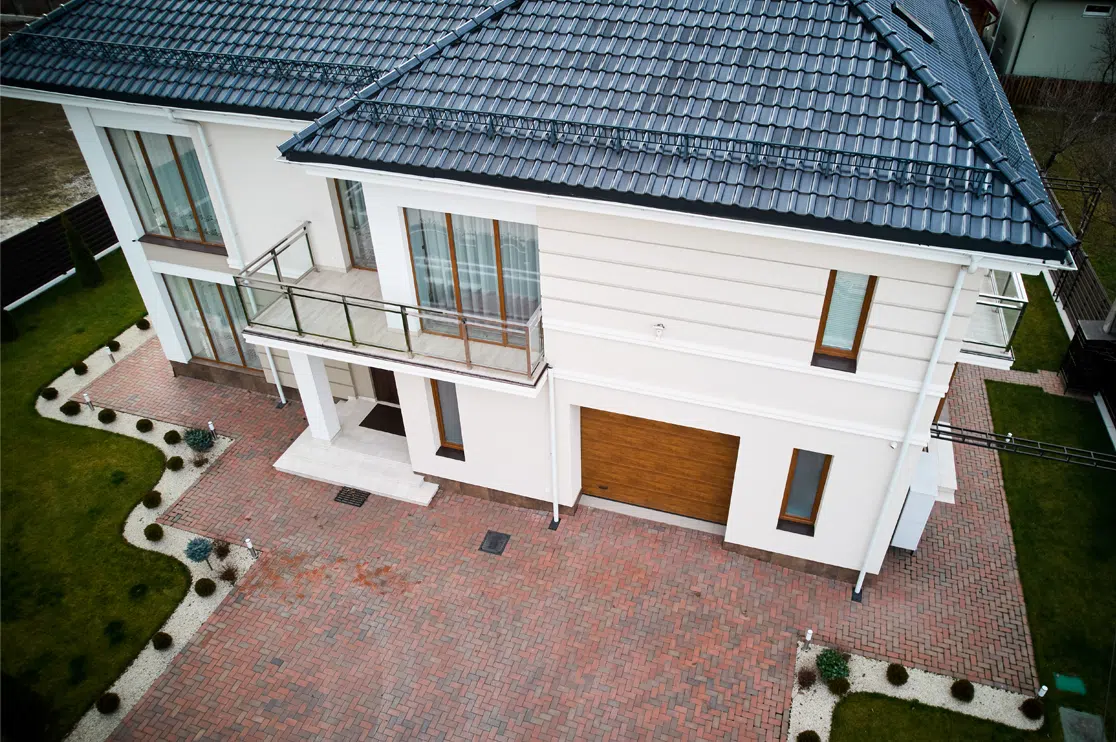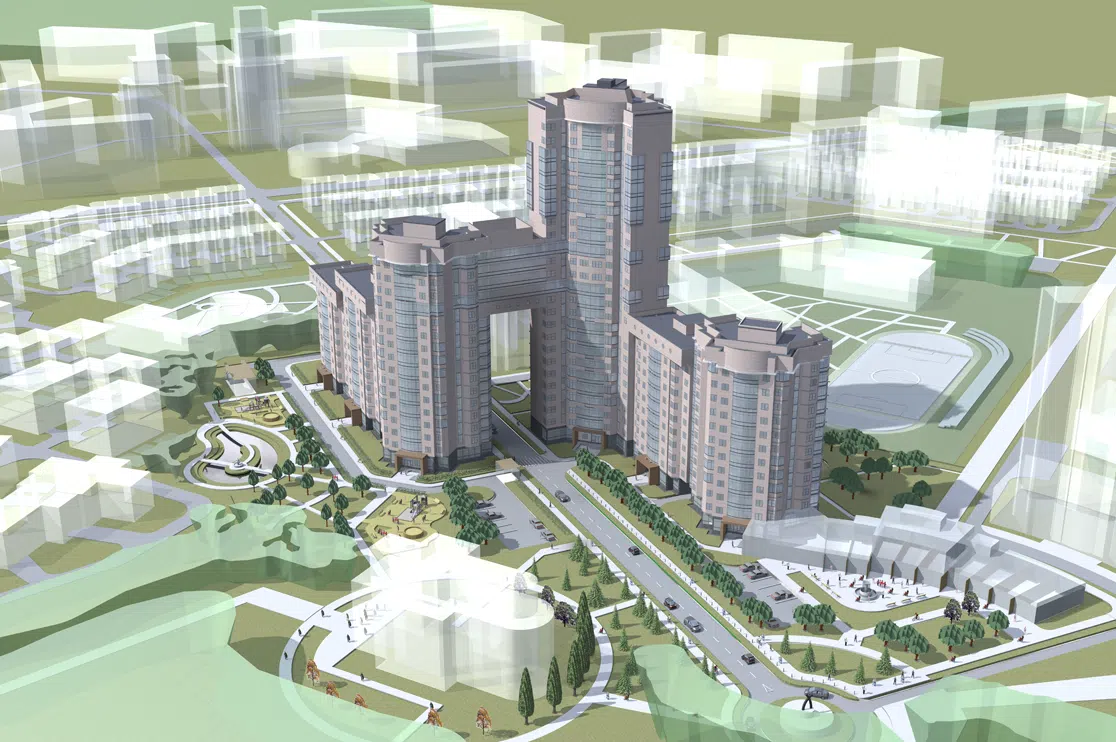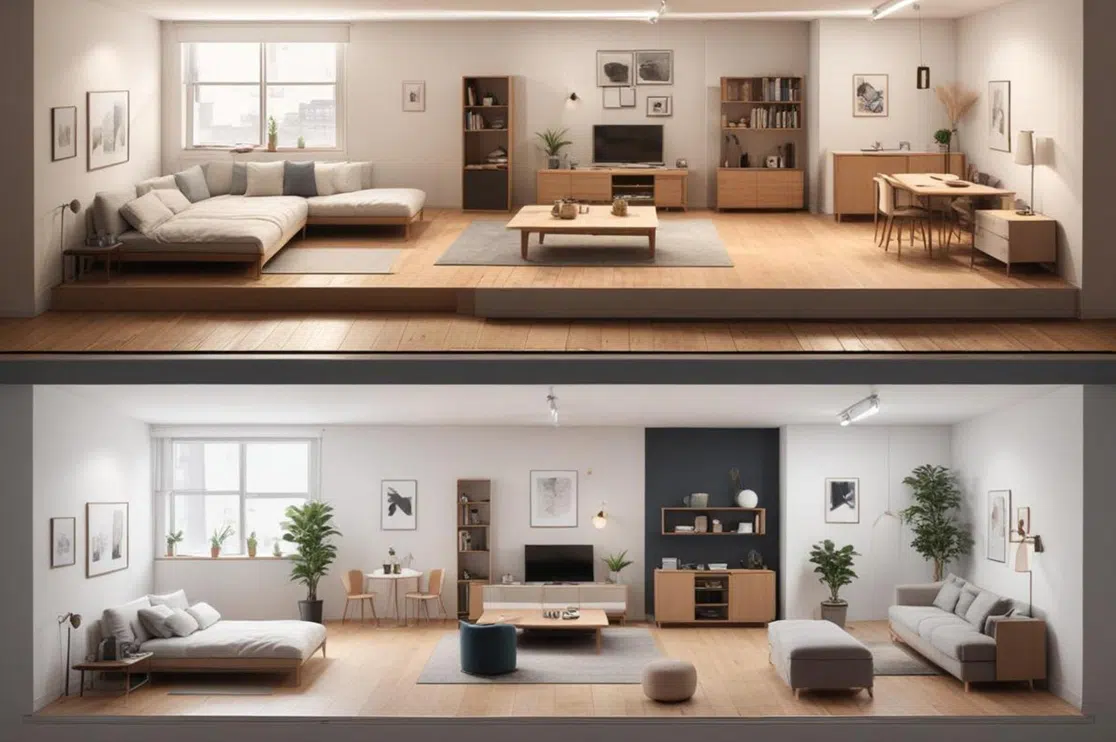While the real estate industry is elated with the quality of photorealistic renders, most professionals are seemingly amazed by the economical and creative benefits of photo matching in architectural rendering. They’re convinced by how the industry counts on this technique to attract investors, contractors, and property buyers in less budget, time, and effort.
Despite not being relatively new to most 3D renderers, photo matching for CGI rendering and visualization services in US might be a novel term for other professionals. However, that may not be true if you’ve ever collaborated with a professional 3D rendering company in the US as a real estate firm, designer, and construction or remodeling company. In that case, you will likely be introduced to photo-matched renders for reduced cost and exceptional quality.
Curious to learn what photo matching means and how it works? Continue reading this piece of information.
Table of Contents:
What is Photo Matching in 3D Architectural Visualization?
Photo matching or camera matching is one of the 3D rendering techniques that blends a 3D object into a photo of existing structures or buildings with surroundings.
Let’s say you’ve created a 3D model of the proposed architectural design, but you want to make it more realistic in less time and effort. You can photo-match it to the picture of an existing location or space to renovate or build from scratch.
Whether you have an existing 3D model or a high-quality picture of the construction site or interiors, photo matching can do wonders for your 3D architectural presentations and marketing collaterals.
Sneak Peak: 3ds Max features a camera match option that lets you apply a photo of actual locations or backgrounds to the model and produce CGI renders by adjusting lights, colors, materials, textures, and other 3D modeling effects.
Benefits of Photo Matching for Hyper-realistic Renderings at Less Cost
The photographs combined with the 3D models of the future building differentiate photo matching from other 3D rendering techniques. Besides being exceptionally photorealistic, the rendered results take less time and cost, as 3D artists won’t have to spend hours recreating the site from scratch.
Let’s discuss other photo or camera matching advantages for 3D rendering specialists, designers, architects, contractors, and real estate companies.
Highly Accurate Visuals of Real-life Surrounding
When you demonstrate the proposed view of your architectural project surrounding the real site locations and interiors, your clients will likely close the deal with you.
Not just property buyers but most architects, designers, remodeling firms, and real estate developers would be impressed to see a 3D photo view of the projects as they’re close to reality.
That all happens when a photograph of the actual location is used as a reference to add more details, precision, and realism to the renders produced.
Request our value-added services with a free quote.
More Efficient than Traditional Rendering Process
While advanced 3D rendering software like Corona renderer for 3ds Max, V-ray, Lumion, and Maya promise efficiency and speed, the photo-matching technique goes beyond that.
Producing photo-matched renders requires comparatively less work and a shorter timeline than those generated traditionally. A 3D modeler using 3Ds Max only needs to create a model of the building and render it from a specific view. Further, they can match the rendered image with the photograph and add lights, textures, shadows, & other effects to set the right mood in 3D exterior rendering.
All in all, matching architectural 3D models to photographs is easier, faster, and less time-consuming than standard techniques. This eventually reduces the work and cost of interior and exterior 3D rendering services.
Great for Creativity and Design Experiments
Great designs require great imagination and a creative mindset. No wonder 3D artists are blessed with both. The best thing about photo matching is that one can add one’s own artistic touch to the final renders.
Suppose the photograph you chose for camera matching contains only the original design or structure of the building. While matching the primary 3D model to that picture, you can add elements like driveways, pools, decks, and green components like 3D landscape designs.
Recommended Reading:
How to Get Started with 3D Photo-matching for Architectural Visualization?
While you’re already avoiding the common mistakes in the 3D rendering process, there are a few requisites to remember while photo matching your architectural visualizations. Here are they:
Use High-quality Photographs of the Actual Location
A highly detailed photograph of the actual location is not the only thing you need to get started. While capturing a picture to photo-match 3D modeling and rendering results, you must ensure that it covers a more significant part of the surroundings.
-
Architectural detail photography may include an aerial view of the location or space you desire to combine with your 3D model.
-
Try to capture views with roads, pathways, driveways, pools, patios, terraces, exterior furniture, and other outdoor components to avoid adding extra effort in modeling each of these later.
-
While taking pictures, prioritize the scene’s season, weather, or mood you envision demonstrating through 3D rendering techniques.
-
Take photos of the best quality from different angles so that the final results look stunningly realistic and precise.
Pro Tip: Photo-matching for interior rendering requires photographs of window views. 3D artists use those images to add exterior views to the interior 3D renders.
Use 3D Modeling or Rendering Software to Create its Basic Version
The best architectural rendering software, such as 3ds Max, Maya, and Revit models, supports photo-matching for interior and exterior visualizations.
You can use these advanced tools to model basic shapes or objects to place across the photographed location to make it ultra-realistic post-rendering. That includes 3D modes of windows, doors, furniture, doors, etc.
Refine the Details with Texturing, Lighting, and other Effects
In this post-production stage of 3D visualization for improved sales, you can enhance the photo-matched renders with precise texturing, lighting with ray tracing, shadows, or other details.
3D artists admire photo matching techniques to match the photorealistic 3D rendering trends for residential, commercial, and urban development, architectural renovations, and net-zero design and construction projects.
If you’re leading projects on sustainable architecture, landscaping, and streetscapes, photo matching is the best technique to rely on. As a result, this will reduce the costs and time spent on rework.
Recommended Reading:
Conclusion
At BluEntCAD, our value-engineered solutions for interior and exterior 3D rendering, architectural walkthroughs, and product modeling are tailored to meet the utmost standards of cost, efficiency, and quality of the results.
We empower real estate professionals, architects, designers, remodeling firms, urban planners, and net-zero construction industry for diverse objectives- marketing materials such as walkthroughs or flythroughs to attract buyers and investors, design concepts for demos and approvals from stakeholders and contractors, and 3D scenes for architects and designers.
Our expertise includes construction documentation, CAD conversions, millwork shop drawings, tile and stone shop drawings, and BIM consulting.
Photo-matching is a powerful rendering tool that reduces the cost and complexity of architectural projects. Contact us to discover how our 3D rendering experts use it to their advantage!







 Architectural Rendering: Revolutionizing Urban Planning for Future Cities
Architectural Rendering: Revolutionizing Urban Planning for Future Cities  Real Estate Virtual Staging: Avoid These Mistakes to Sell Your Home Fast (With Pro Tips)
Real Estate Virtual Staging: Avoid These Mistakes to Sell Your Home Fast (With Pro Tips)  How Does 3D Rendering Help with Virtual Staging a House for Sale?
How Does 3D Rendering Help with Virtual Staging a House for Sale?  Best 3D Custom Wardrobe Designs for Your Bedroom
Best 3D Custom Wardrobe Designs for Your Bedroom